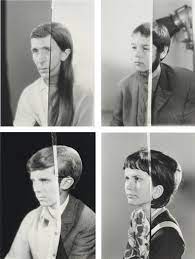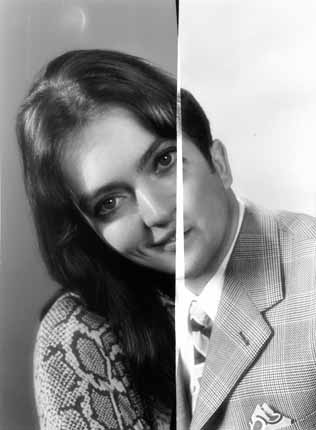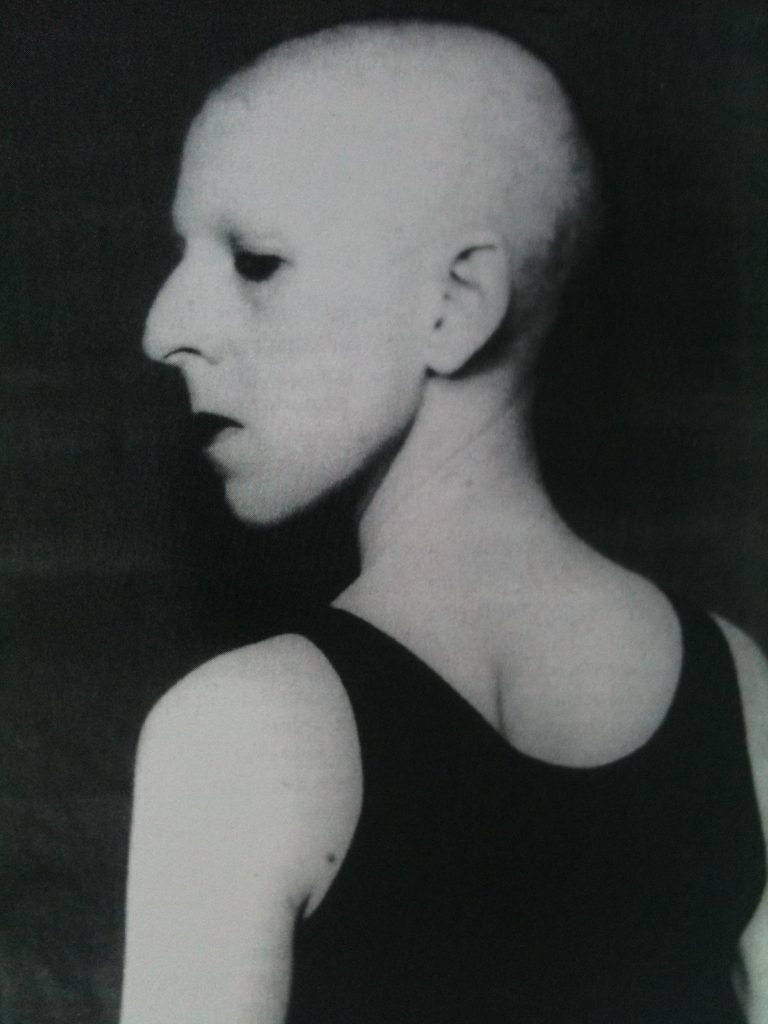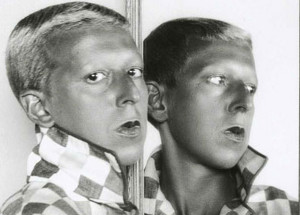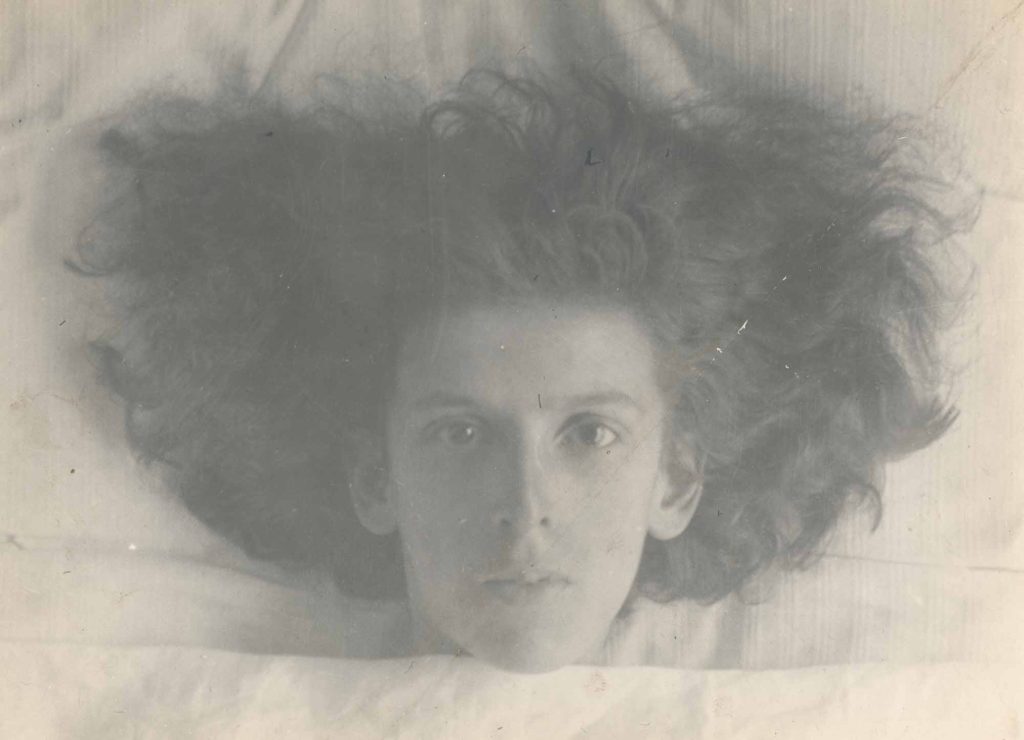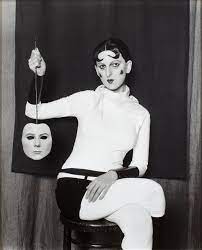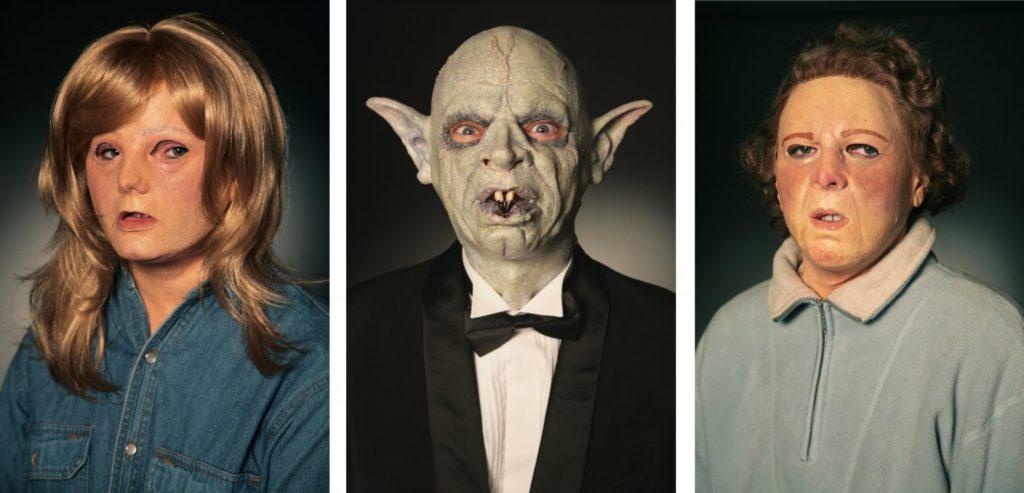Identity means the fact of being or knowing who a person is or the set of qualities that make a person or group of people different from others. Identity is important in photography because it allows a photographer to tell a story about their subject, whether it be an obvious story or something deeper about their character.
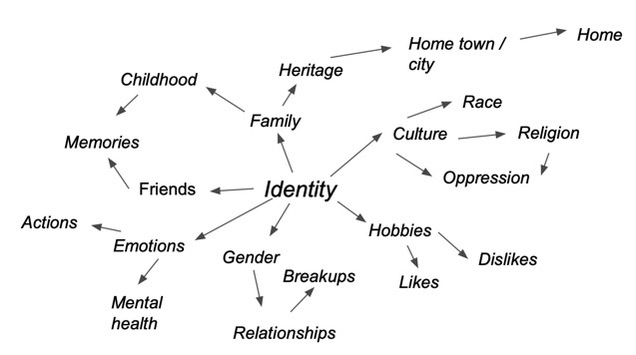
Identity Photography
Photographs have been used in many different contexts to show identity or an aspect of identity. From a social media profile picture to a police mug shot, photographs can speak of identity in a way that is different from other artistic mediums. This is because a photograph is inextricably linked to reality. A photograph resembles the likeness of what appeared before the lens. So, in the case of a profile picture, family album
or mug shot, identity is based on the repetition of sameness that is evidenced by the image produced by the camera.
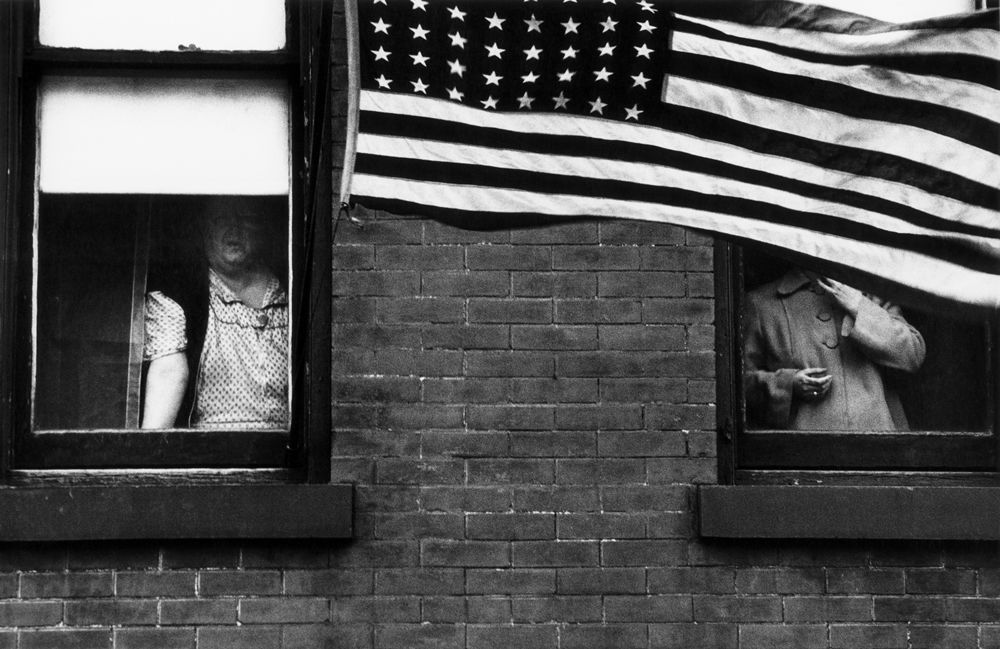
Robert Frank 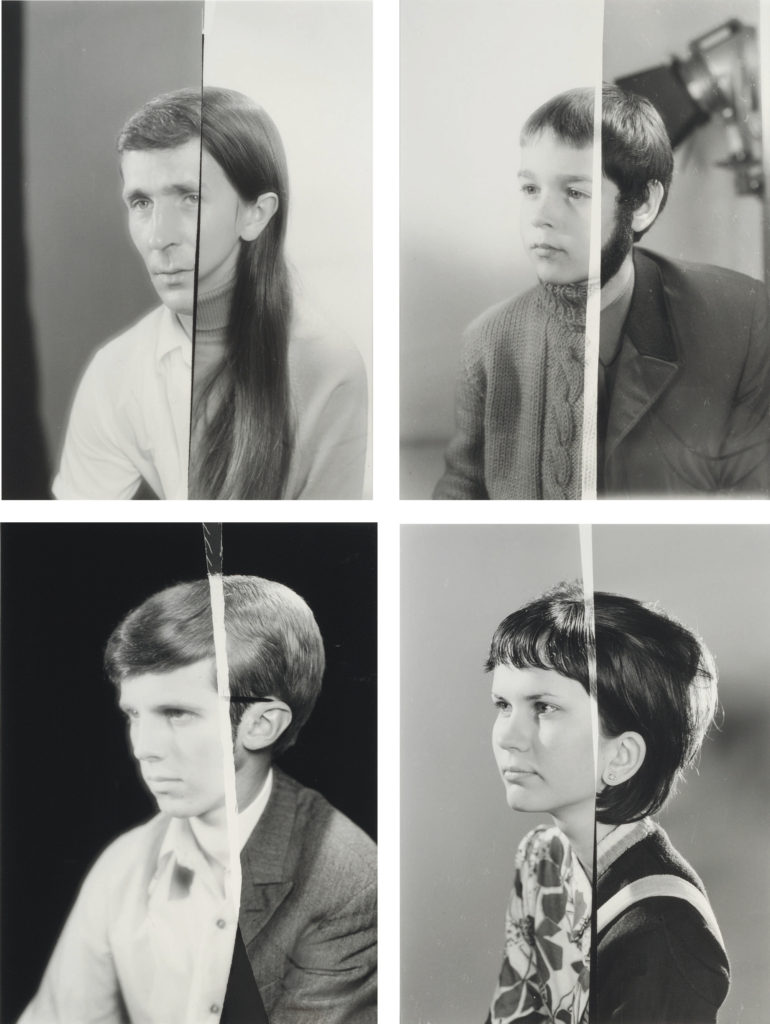
Joachim Schmid 
John Heartfield 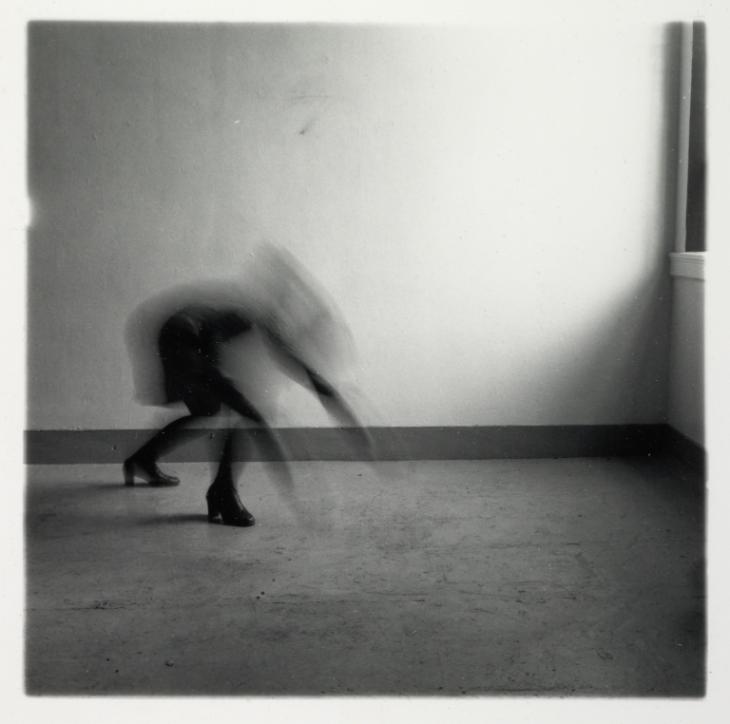
Francesca Woodman 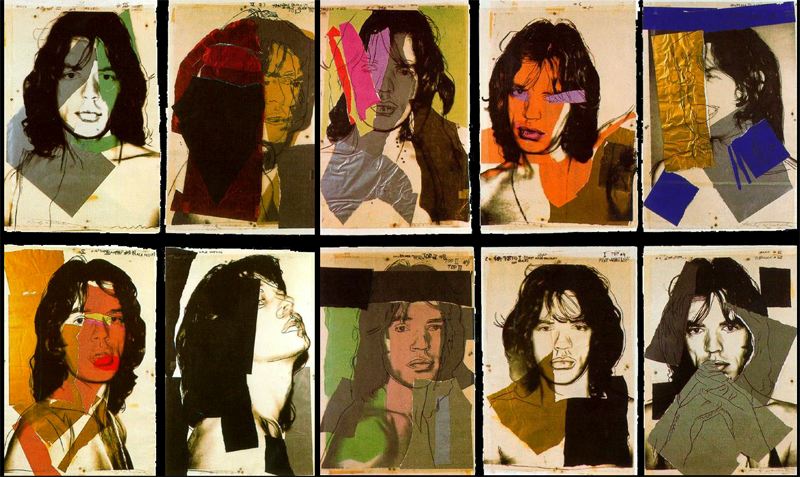
Andy Warhol 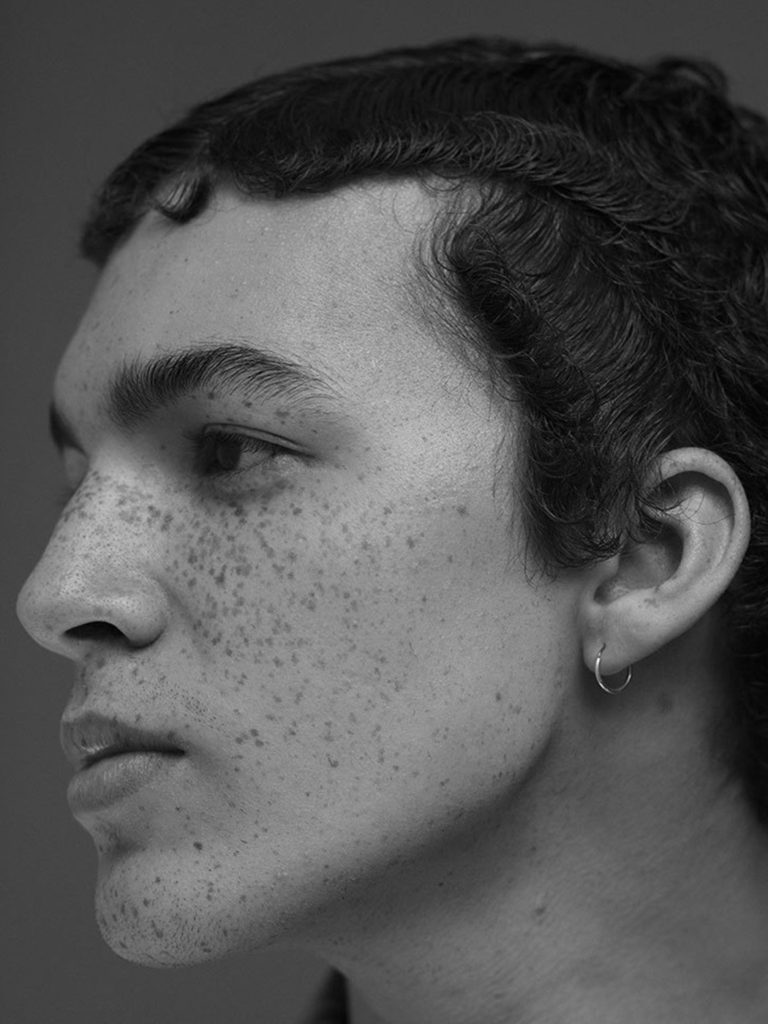
Danny Lowe 
Davide Dagano 
Sam Contis 
Jesse Draxler 
Rineke Dijkstra
However, photography can also be used to explore identity beneath the surface of physical attributes, delving into topics such as race, gender and heritage/ethnicity. Photographers such as Rineke Dijkstra look at topics such as geographical identity, and adolescence. Some photographers explore the idea of identity, like Danny Lowe and his self-portraits above. Also, photographers like Robert Frank and John Heartfield comment on racism and social identity.
My Ideas
My first idea is to produce a series of images based on the work of one of my favourite photographers, Michelle Sank. Her photographs of individuals in their houses inspire me because of the way they show personal identity in such a raw way.
My second idea is to produce collages like the work of Joachin Schmid, using images of my mum, nana and me. My aim with these collages is to show generational identity, through 3 generations of women. My last idea is to produce comparisons of these 3 generations, around the age of 17/ teenage years. I would collect images / take images of me, my mum and nana to show the differences and similarities between us at around the same age. I might incorporate the work of Joachin Schmid into this, combining this with my idea above to create different pictures of nowadays/older pictures.
Claude Cahun
Claude Cahun was a Surrealist photographer whose work explored gender identity and the subconscious mind. “Under this mask, another mask,” the artist famously said. “I will never be finished removing all these faces.” – This phrase relates to the ideas of the multiple identities she conveyed in her photos, showcasing early examples of gender fluidity. She was born Lucy Schwob in Nantes, France on October 25, 1894, to a prominent Jewish family. Her first recorded self-portraits are dated as early as 1912 when the artist was about 18. In the early 1920s, she would change her name to the gender-neutral Claude Cahun, which would be the third and last time the artist changed her name. Along with step-sister and lover Marcel Moor, she moved to Paris and fell into the midst of the Surrealist art scene.
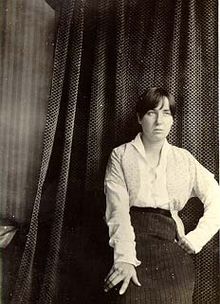
The artist went on to collaborate with Man Ray as well as founding the left-wing group Contre Attaque alongside others. In the late 1930s, Moore and Cahun moved to Jersey where they, disguised as non-Jews, produced and distributed anti-Nazi propaganda. After being caught, imprisoned, and sentenced to death, they successfully escaped such a fate when Jersey was liberated by allies in 1945. Cahun is considered to be a ground-breaking artist who fully embraced her gender fluidity long before the term came into use.
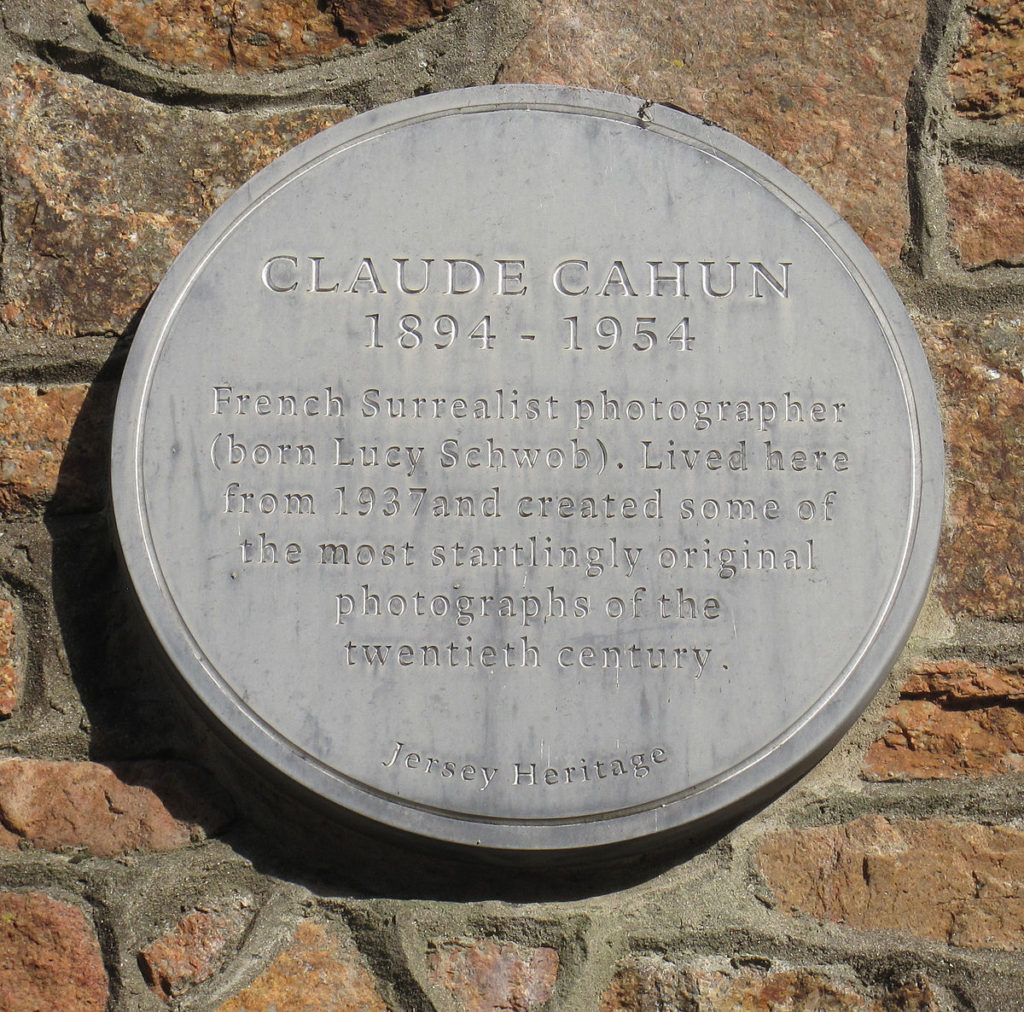
Cahun and Moore employed a subversive avant-garde art practice as a form of resistance. For example, they created anti-nazi leaflets, and distributed them throughout Jersey, leaving them in strategic places. They signed the leaflets der Soldat Ohne Namen (“The Soldier with No Name”). Their activities were discovered in 1944, and—though they were not leaders of a large-scale resistance movement, as the Nazis believed—the two women were imprisoned and sentenced to death for undermining Nazi authority.
Much of their property, including their art, was confiscated. They were saved when the island was liberated in 1945. A photo of Cahun taken after their liberation shows her defiantly clenching a Nazi military badge in her teeth. Cahun and Moore remained in Jersey, continuing to produce work until Cahun died at age 60. Moore inherited her possessions and art, but Cahun’s legacy was nearly lost when Moore committed suicide in 1972 and all of Cahun’s work was auctioned off.
Since her death, Claude Cahun’s work has influenced the ideas of gender, sexuality, and identity, both in society, as well as for many singers and artists also. These artists include photographer Gillian Wearing, who took inspiration from Cahun’s idea of changing identities. These inspired Gillian Wearing’s “Secrets and lies” collection.





